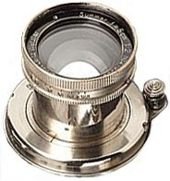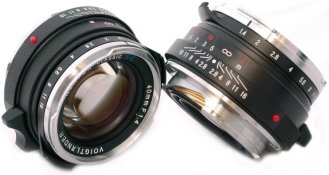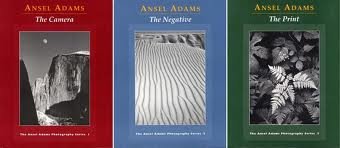msbarnes
Member
- Joined
- Jul 23, 2011
- Messages
- 384
- Format
- Multi Format
Do single coated lenses really give a different look?
Truthfully I was skeptical but since shooting my Rollei 35 Tessar I'm starting to think that there is a difference:

Untitled by Michael_Sergio_Barnes, on Flickr

Untitled by Michael_Sergio_Barnes, on Flickr
Ofcourse I can't jump to conclusions because it might just be the lighting, film, and development combination too but my epics look nothing like this. My Leica lenses a little but my epics and hexar look nothing like this but I haven never compared them directly.
Truthfully I was skeptical but since shooting my Rollei 35 Tessar I'm starting to think that there is a difference:

Untitled by Michael_Sergio_Barnes, on Flickr

Untitled by Michael_Sergio_Barnes, on Flickr
Ofcourse I can't jump to conclusions because it might just be the lighting, film, and development combination too but my epics look nothing like this. My Leica lenses a little but my epics and hexar look nothing like this but I haven never compared them directly.
Last edited by a moderator:













